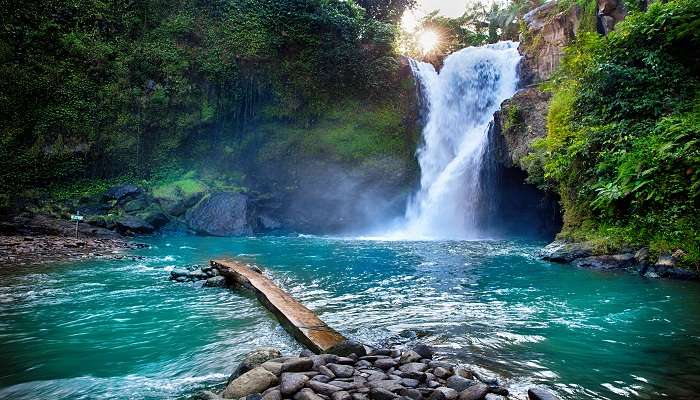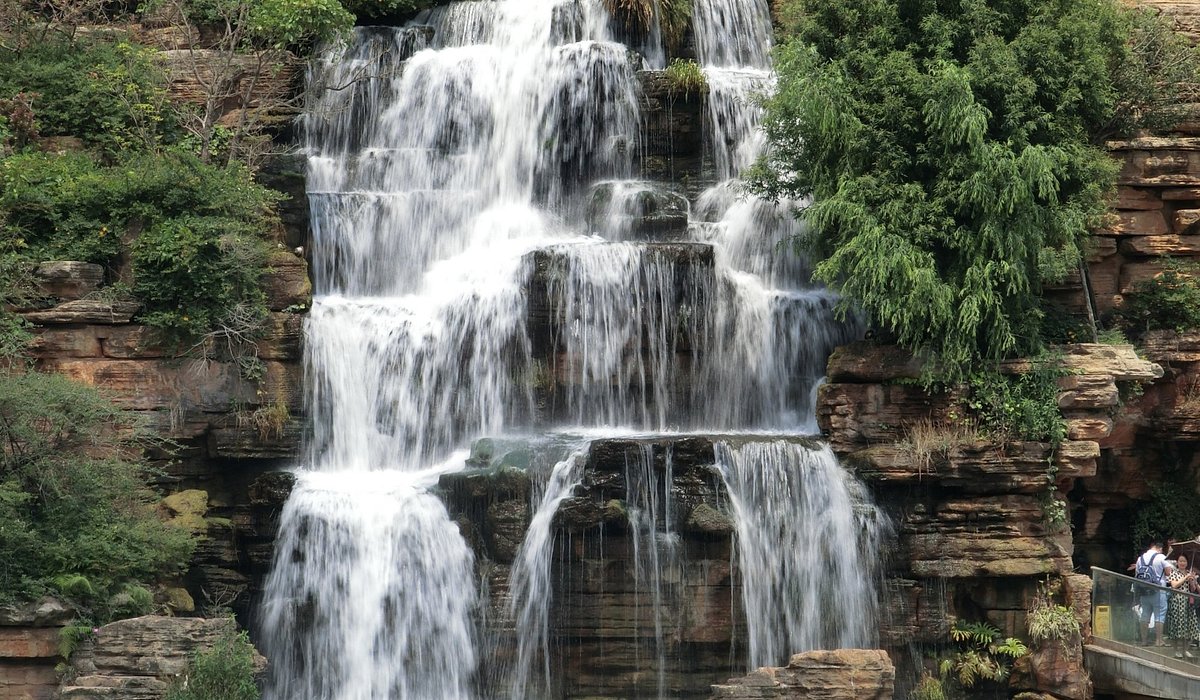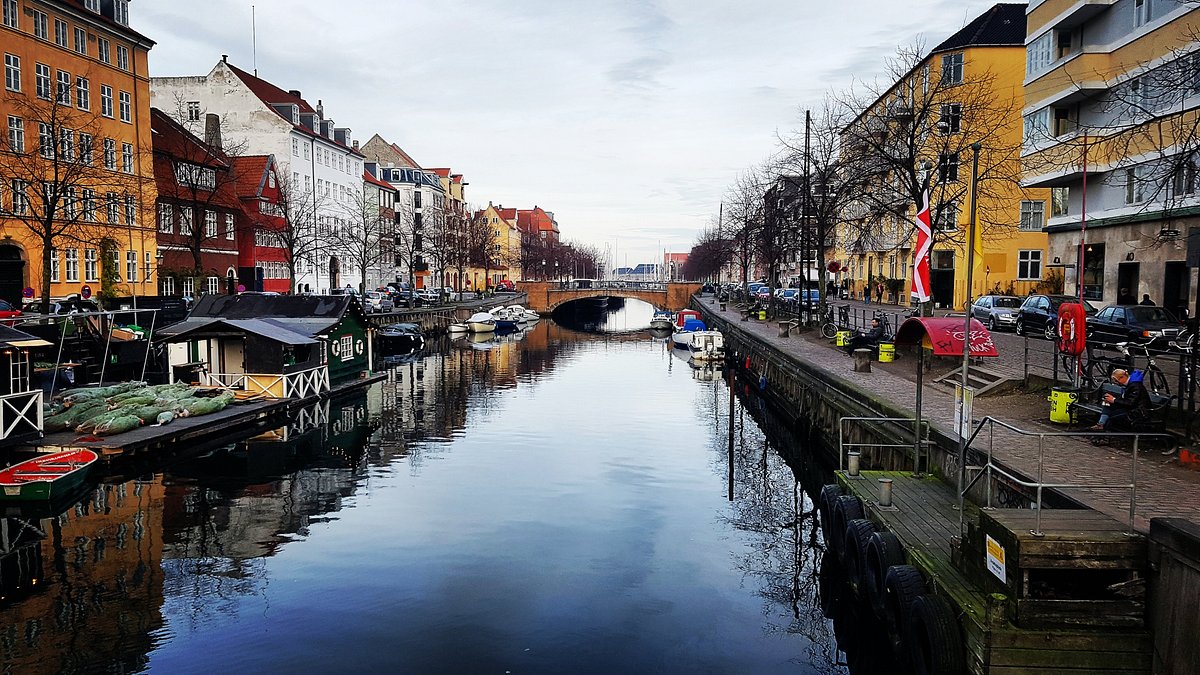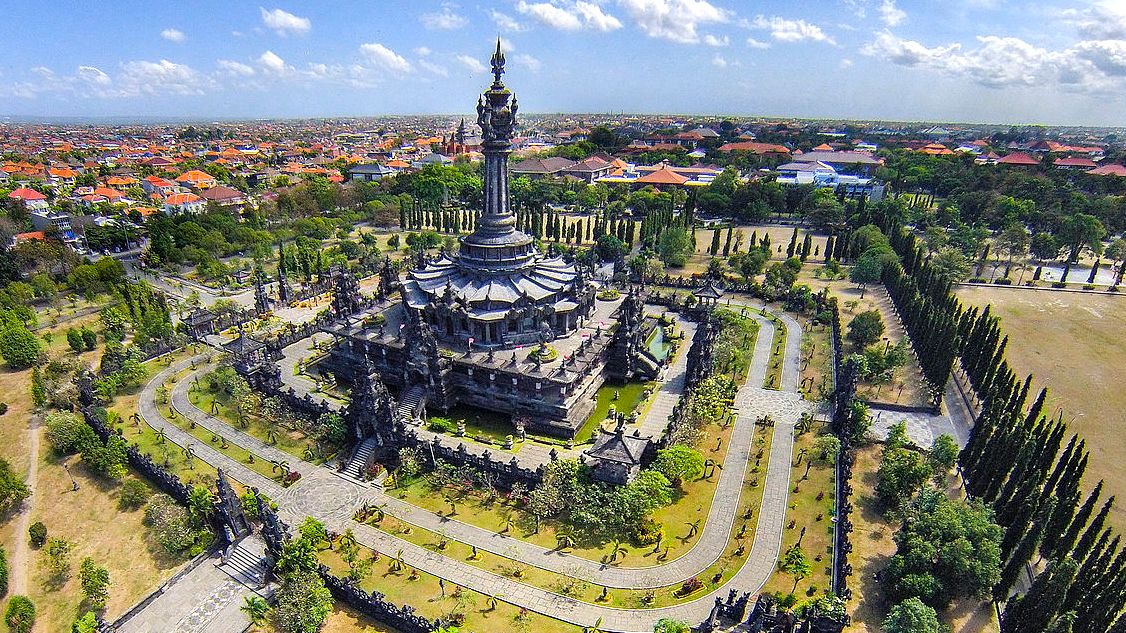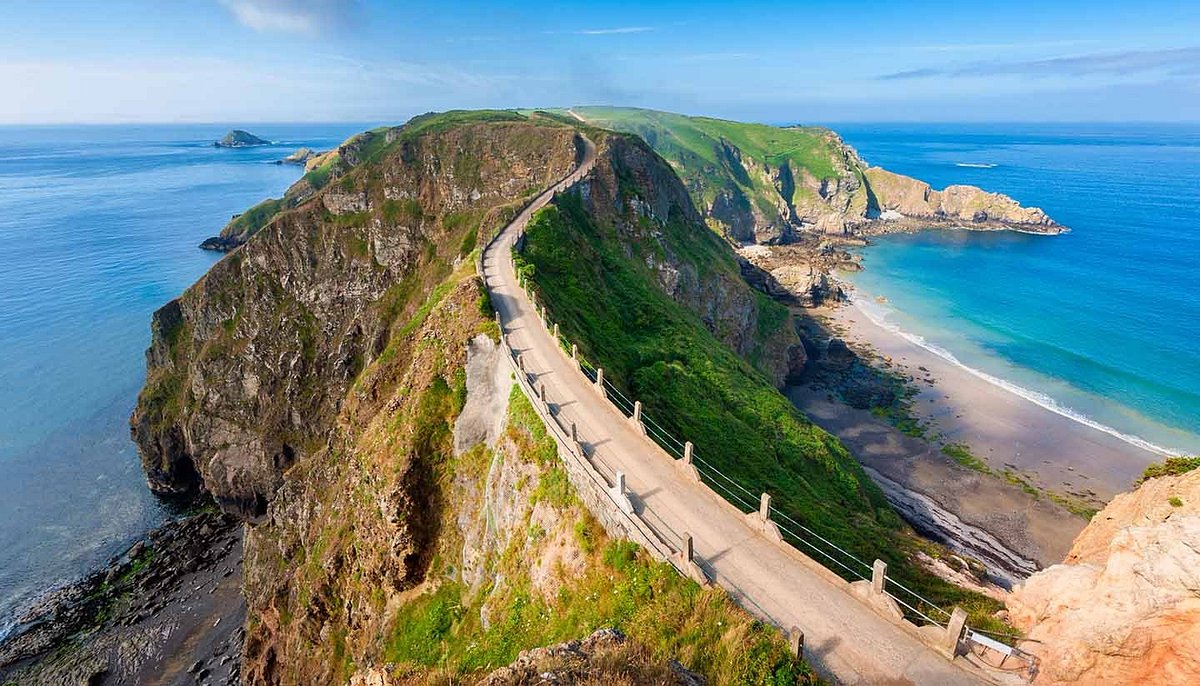Europe may be known for its medieval castles, romantic cities, and Alpine villages, but tucked away in southern Croatia lies a place so enchanting it’s been dubbed the “Bali of Europe.” This paradise is none other than Krka National Park, a natural wonderland where crystal-clear turquoise waterfalls cascade into emerald pools, surrounded by lush Mediterranean vegetation, serene walking trails, and idyllic stone bridges. It’s a destination that offers tropical beauty without the long-haul flight to Southeast Asia.
What Makes Krka National Park So Special?
Krka National Park is located in Šibenik-Knin County, just under an hour from the coastal city of Split. It stretches over 109 square kilometers and is centered around the Krka River, which flows from the Dinara Mountains to the Adriatic Sea. What sets this park apart are its seven spectacular waterfalls, each framed by lush greenery, travertine formations, and vibrant natural pools that seem too perfect to be real.
The most famous waterfall in the park is Skradinski Buk, a 17-step cascade that stretches nearly 800 meters. With wooden boardwalks weaving above calm, reflective water, and fish swimming just below the surface, the area looks more like a surreal painting than a real place.
Unlike many protected parks in Europe, Krka allows visitors to swim in certain designated areas, particularly near Skradinski Buk. Floating in its turquoise pools beneath cascading waterfalls with birdsong in the background is an experience that rivals Bali’s most famous jungle waterfalls.
Why It’s Called the ‘Bali of Europe’
Travelers have started calling Krka National Park the “Bali of Europe” for good reason. The parallels are striking: tropical-like vegetation, cliffside waterfalls, wooden pathways, and turquoise natural pools. But while Bali’s waterfalls such as Tegenungan or Gitgit are tucked deep in jungle terrain, Krka offers a similar aesthetic in a Mediterranean climate.
Another advantage? Fewer long-haul flights and much less jet lag. Krka is just a short trip from major European cities, with direct flights available to nearby Split or Zadar from hubs like London, Berlin, Paris, and Rome. It’s also more accessible for travelers looking to combine culture, coastline, and nature within one itinerary.
Top Things to Do in Krka National Park
1. Visit Skradinski Buk Waterfall
This is the largest and most popular waterfall in the park. The cascading travertine formations create stunning pools where visitors can swim, picnic, or simply relax surrounded by natural beauty.
2. Roški Slap
Another breathtaking waterfall, Roški Slap is more secluded and often less crowded. A staircase trail nearby offers panoramic views of the river canyon below. The falls are accompanied by serene mills and heritage sites that offer a more rustic, intimate experience.
3. Krka Monastery
Located on a secluded bend of the river, this Orthodox monastery was built in the 14th century and remains a spiritual retreat. The surrounding trails lead through peaceful forests and meadows, offering a meditative walking experience.
4. Boat Ride to Visovac Island
Visovac is a tiny island in the middle of the Krka River, home to a Franciscan monastery and lush gardens. You can take a scenic boat tour from Skradin or Roški Slap and enjoy breathtaking views of the river valley.
5. Wildlife and Flora Watching
Krka is home to more than 860 plant species, 18 species of bats, and over 200 species of birds, making it a paradise for eco-tourists and photographers alike.
When to Visit
Krka National Park is beautiful year-round, but the best time to visit is between May and September. During summer, the waterfalls are at their most powerful, and the pools are ideal for swimming. However, June and early September offer a good balance of warm weather and lighter crowds. Fall brings rich golden foliage and cooler temperatures, which are perfect for hiking.
How to Get There
The easiest way to reach Krka is from Split (90 km) or Zadar (75 km). Buses run regularly from both cities to the park entrance at Skradin, where you can take a short boat ride into the heart of the park.
If you’re renting a car, you can enter through Lozovac or Skradin entrances, both of which offer ample parking and visitor information. Guided tours are also widely available, especially during the summer months.
Ticket Information and Sustainability
Entry to the park is ticketed, with prices varying depending on the season. In peak months (June to September), adult tickets typically cost around €40, with discounts for students, children, and group travelers. The proceeds contribute to conservation efforts, helping preserve the biodiversity and historical sites within the park.
Visitors are encouraged to stay on marked paths, avoid feeding wildlife, and respect swimming rules. With rising popularity, Krka has taken steps to limit overcrowding and reduce its environmental footprint through strict visitor caps and sustainable infrastructure upgrades.
Final Thoughts
In an age of overtourism and long-haul travel fatigue, Krka National Park offers a refreshing alternative. Dubbed the “Bali of Europe” for its mesmerizing waterfalls, tropical-like pools, and natural tranquility, it delivers the serenity of Southeast Asia in the heart of the Adriatic.
Whether you’re planning a family holiday, romantic escape, or solo retreat, Krka is a destination that captures the soul of Europe’s wild beauty—without the crowds of the continent’s most famous hotspots. Add it to your 2024 travel list, and prepare to be awed by one of Europe’s most underrated natural gems.
